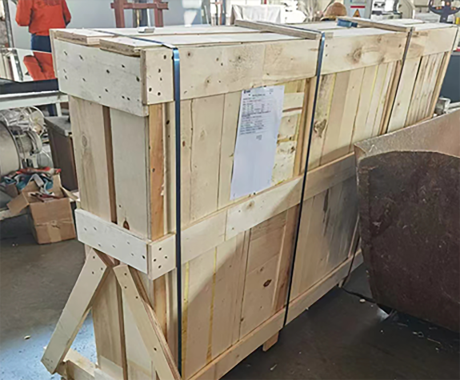

Understanding Aluminium Mirror Prices Factors and Trends
Aluminium mirrors are increasingly gaining popularity in various sectors, including architecture, automotive, and electronics, due to their lightweight nature and excellent reflective properties. The price of aluminium mirrors can fluctuate based on several factors, and understanding these can help consumers and businesses make informed purchasing decisions.
One of the primary factors influencing the price of aluminium mirrors is the cost of raw materials. Aluminium itself is a versatile metal, and its price is heavily influenced by global market trends, mining activities, and geopolitical situations. When the demand for aluminium increases in industries such as construction or aerospace, prices tend to rise, subsequently impacting the cost of aluminium mirrors. Additionally, fluctuations in supply chains, driven by international trade policies and tariffs, can directly affect raw material costs, further influencing mirror prices.
Another crucial element to consider is the manufacturing process. Producing high-quality aluminium mirrors involves specialized techniques, including surface treatment, polishing, and coating. These processes are essential for enhancing the reflectivity and durability of the mirrors. However, they also come with associated costs that can drive up the final price. Companies that invest in advanced technology and sustainable practices often pass these costs onto consumers, which should be factored into any price analysis.
The market demand for aluminium mirrors also plays a significant role in determining prices. In sectors experiencing rapid growth, such as renewable energy with solar panel applications, the demand for reflective materials is soaring, leading to price increases. Additionally, seasonal trends, such as construction peaks during warmer months, can create supply constraints that push prices higher.

Geographic location is another aspect that impacts aluminium mirror prices
. Proximity to manufacturers and suppliers can create disparities in transportation costs, which can vary significantly between regions. In regions where the manufacturing and distribution of aluminium products are concentrated, prices may be more competitive, whereas areas relying on imports might face higher costs due to shipping and tariffs.Moreover, customer preferences and technological advancements can lead to variations in prices. Customized products or mirrors with enhanced features, like improved reflectivity or light-weight designs, often command higher prices. As consumers become increasingly environmentally conscious, the demand for eco-friendly manufacturing processes has also influenced pricing strategies within the industry.
To navigate the complexities of aluminium mirror pricing, it is essential for purchasers to stay informed about market trends and the factors that influence prices. Comparing suppliers, understanding the manufacturing processes, and evaluating the specific needs of a project can aid in securing the best value.
In conclusion, aluminium mirror prices are affected by a confluence of raw material costs, manufacturing processes, market demand, geographic considerations, and consumer preferences. By considering these factors, stakeholders can make more strategic purchasing decisions, ensuring they obtain high-quality products at competitive prices. Whether for architectural applications, automotive uses, or electronic devices, understanding the landscape of aluminium mirror pricing is crucial for maximizing the investment in these versatile materials.